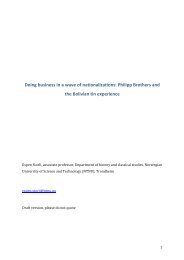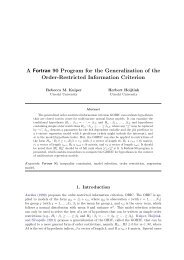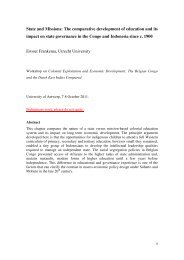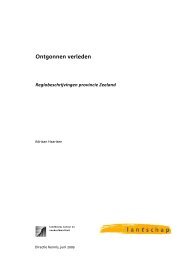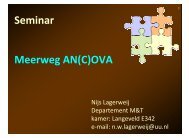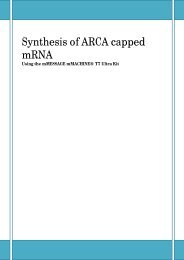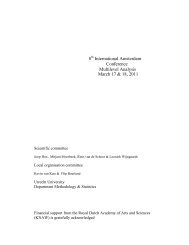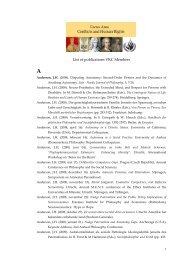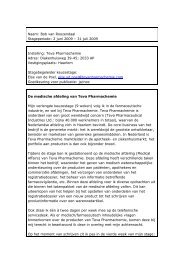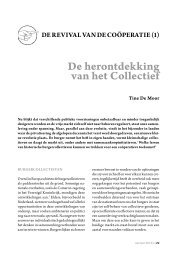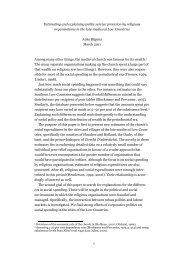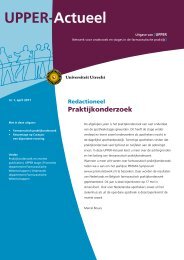New Approaches to Medieval Communication?1
New Approaches to Medieval Communication?1
New Approaches to Medieval Communication?1
Create successful ePaper yourself
Turn your PDF publications into a flip-book with our unique Google optimized e-Paper software.
<strong>New</strong> <strong>Approaches</strong> <strong>to</strong> <strong>Medieval</strong> <strong>Communication</strong>?23as writing itself, and the study of the medieval written word predates the explicitinterest in medieval communication by many centuries. The sixteenthandseventeenth-century scholars who founded his<strong>to</strong>rical criticism may be said<strong>to</strong> be the forerunners of the present-day students of medieval communication.Diplomatics, palaeography, philology and the other traditional auxiliary sciencesof medieval his<strong>to</strong>ry continue <strong>to</strong> contribute <strong>to</strong> the better understanding ofcommunication in the Middle Ages.Nowadays, in the English speaking world the word ‘literacy’ tends <strong>to</strong> beused for the study of all and any forms of written communication. Its possiblemeanings have inflated since the subject became en vogue in the 1980s and1990s. In a study on “The extent of literacy in England in the fifteenth andsixteenth centuries” published in 1930, J.W. Adamson <strong>to</strong>ok the word “in thehumblest sense” merely <strong>to</strong> connote “the ability <strong>to</strong> read an English book,whether printed or in manuscript”. 22 This definition had the merit of beingrelatively clear. V.H. Galbraith, writing in 1935, also merely meant “the ability<strong>to</strong> read and write” by it. 23Things changed in 1963 with the publication of “The consequences ofliteracy” by the anthropologist Jack Goody and the literary his<strong>to</strong>rian IanWatt. 24 Goody’s ideas, as well as the ideas of the classicist Eric A. Havelock,were <strong>to</strong> have a far-reaching influence in medieval studies. 25 These authorssuggested writing <strong>to</strong> be a possible mo<strong>to</strong>r of his<strong>to</strong>rical change. If they wereright, and if the human mind was reorganized by learning <strong>to</strong> read and write,then instances of this reorganization <strong>to</strong>ok place whenever someone becameconversant with these technical skills. If the introduction of writing enabledsocial change, then the new forms of social and political life that developedduring the Middle Ages might have been tributary <strong>to</strong> ‘literacy’.The first medievalists <strong>to</strong> use the English word ‘literacy’ in the title of apublication after the thinking of the social scientists and classicists had sunk in,were F.H. Bäuml and E. Spielmann in their 1974 study of the Niebelungenlied.26 Bäuml was also one of the first medievalists <strong>to</strong> address the problem ofliteracy in a theoretical article, which appeared in Speculum in 1980. 27 Meanwhile,the first surveys of literacy in individual medieval societies appeared: onthe bookishness of the modern Icelanders and their assumption of the transmis-22No. 292, p. 163.23No. 1092, reprint p. 78.24 No. 89.25Cf. the “Index of modern authors and edi<strong>to</strong>rs” of the bibliography, s.v.26 No. 1393.27 No. 32.



